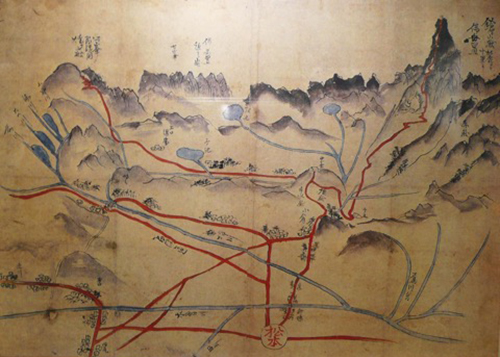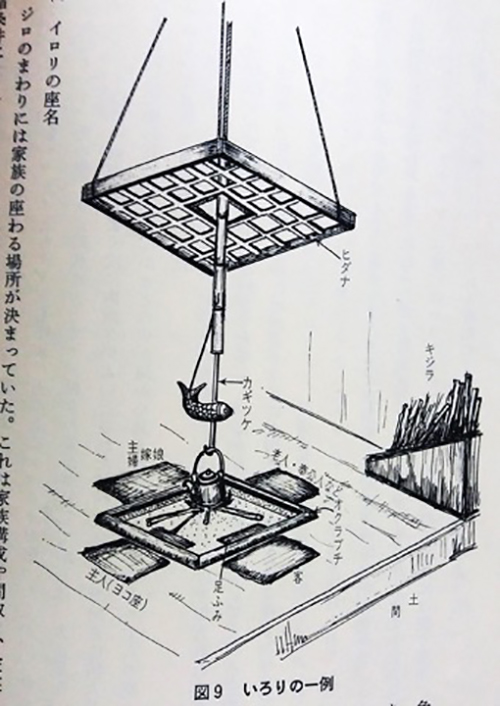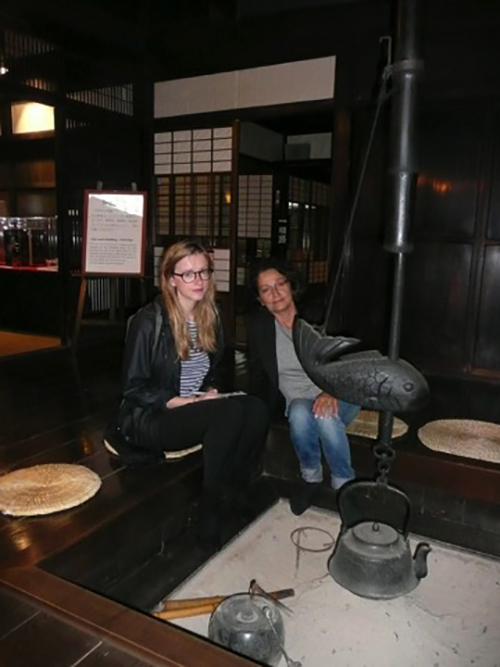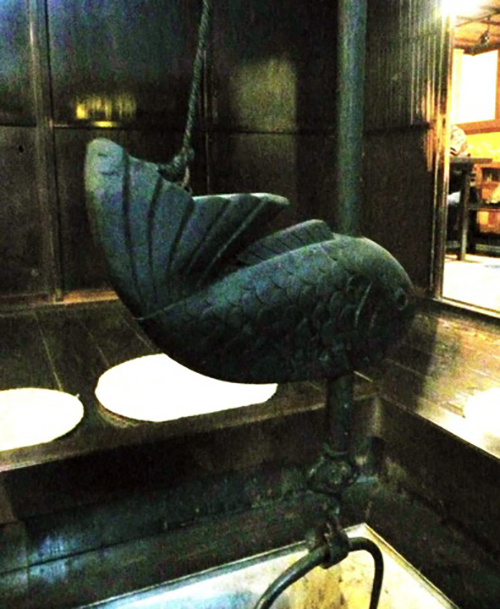
In this my first trip to Japan every day I have met very kind people and I would get lost while I was looking for places and things without their helpful presence. I feel lucky for this, because I don’t speak a word in Japanese and this produces a lot of comical misunderstandings on which I dream to build surprising chains of meanings.

Map in the Alpine Museum
Since I read the theme of the Omachi Program for this 2016 residence, I thought about the ambiguity of the word “rice”in my language. In Italy the word “riso” have the double signification of ” rice” and “laughing” . In this case, the two meanings are so tightly woven that we are used to chuck rice on the maried couples after the wedding cerimonies.This remind me the two referrals of the word “kohi” for “colored carp” and “love”.
I know, I should not say it, because I’ve forgotten his name, but there is a russian artist and philosopher who invented a discipline focused on the credence that all similar sounds are necessarily connected in each language in the world, and, at the same way, is for the iconology in the field of the visual signs… but lets fly on this.
In his “Poetics” the Greek philosopher Aristotle speaks on the art of comedian that often focuses on ambiguities between similar sounds for different meanings. Again, while the Christian religion imposes the absolute seriousness, many of the saint’s iconographies are established on mistakes in traslation from the latin to the modern italian. We have different “reasons” for laughing and that what is humorous in a country might be not so amusing in another one.
Tat’s why I wanted hold a workshop on the theme of laughing.

Mask of Otafuku in the Salt Road Chojiya Museum
Otake or Otafuku Noh Mask
About my art project, again , I would like to have an experience of collaborative work, realizing a drawing made of fiber togheter with people in Omachi who want to attend in my studio work.
The object I’m going to build is an symbol of hospitality in the Japanese home. I saw for the first time the ” irori ” in a book and than in the Salt Road Museum.
In my work the home and the daily life are primary and I thought at this object as a syntesis of time, feeding and water.


The irori in the Salt Road Chojiya Museum
By the way ” Marchand du Sel” was one of the names of Marcel Duchamp, but certainly the house of the merchant of Omachi is an important cultural economic and historical gravity center.

About the meaning of this fish I also had many answers, first from the girl in the museum who said that is a divinity of the home and the fire. However it has been in the Folk Museum that I discovered the multiplicity of the Kohi fish….
To be continued